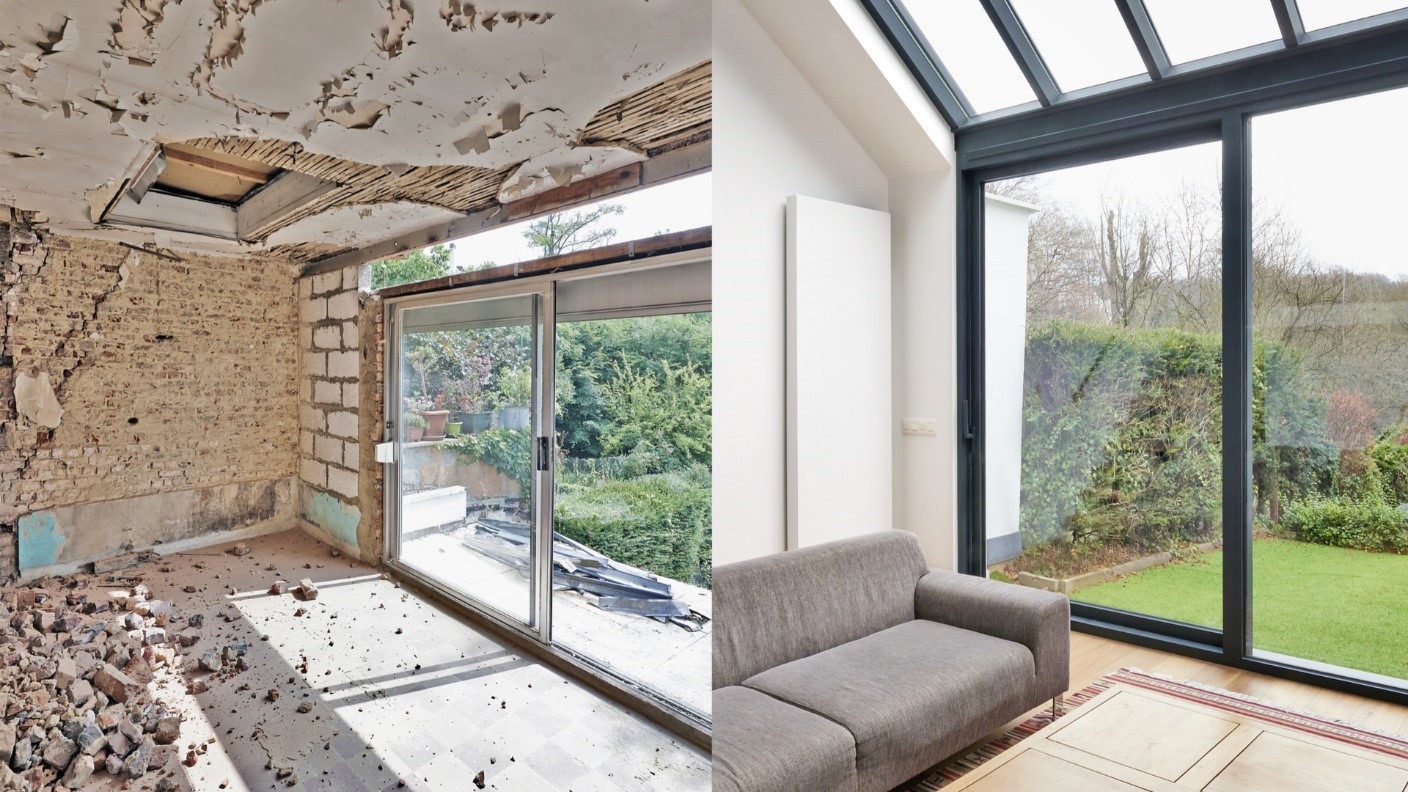
As concerns about environmental sustainability grow, more homeowners are turning to eco-friendly renovations to reduce their carbon footprint bathroom renovations while enhancing the energy efficiency and longevity of their homes. An eco-friendly renovation doesn’t just benefit the planet—it can also lead to long-term cost savings, improved air quality, and increased property value. If you’re planning a renovation, consider adopting sustainable design ideas that promote environmental responsibility without sacrificing style or comfort. In this article, we’ll explore several eco-friendly renovation ideas that will help make your home more sustainable.
1. Energy-Efficient Appliances and Fixtures
One of the easiest ways to make your home more eco-friendly during a renovation is to upgrade to energy-efficient appliances and fixtures. Energy-efficient appliances, such as refrigerators, washing machines, dishwashers, and ovens, use less energy than their traditional counterparts, which means lower utility bills and reduced carbon emissions. When selecting appliances, look for products that are labeled with the ENERGY STAR certification, which indicates that they meet strict energy-efficiency guidelines set by the Environmental Protection Agency (EPA).
In addition to appliances, consider installing water-saving fixtures like low-flow showerheads, faucets, and toilets. These fixtures reduce water consumption, which is especially important in areas facing water shortages. Not only will these changes help the environment, but they will also result in lower water bills, making them a smart investment for your home.
2. Sustainable Building Materials
When renovating, it’s essential to choose sustainable building materials that have a minimal environmental impact. Opt for materials that are renewable, recyclable, or have low environmental footprints. For example, bamboo is an excellent choice for flooring, cabinetry, and furniture due to its fast growth rate and sustainability. Similarly, reclaimed wood—which is salvaged from old buildings, barns, or furniture—can add unique character to your renovation while reducing the need for new lumber.
Other sustainable materials to consider include recycled metal for roofing or structural elements, recycled glass for countertops or tiles, and low-VOC (volatile organic compound) paints to improve indoor air quality. By using eco-friendly materials, you can create a beautiful and durable home while minimizing your impact on the environment.
3. Solar Energy and Green Roofs
Incorporating solar energy into your renovation is one of the most impactful ways to make your home more sustainable. Installing solar panels on the roof can help harness clean, renewable energy from the sun, reducing your reliance on fossil fuels and lowering your electricity bills. Depending on your location and energy consumption, solar panels can provide significant long-term savings while helping to reduce your carbon footprint.
Another eco-friendly renovation option is installing a green roof. A green roof is a rooftop garden that helps insulate the home, reducing the need for air conditioning and heating. It can also absorb rainwater, reduce stormwater runoff, and improve air quality. Green roofs also provide an aesthetic and peaceful outdoor space, making them a great option for homeowners looking to enhance their home’s sustainability and beauty simultaneously.
4. Energy-Efficient Windows and Insulation
Proper insulation and energy-efficient windows are essential for maintaining a comfortable indoor environment and reducing energy consumption. Energy-efficient windows are designed to minimize heat loss in the winter and heat gain in the summer, which can significantly reduce your heating and cooling costs. Look for double- or triple-glazed windows with low-emissivity (Low-E) coatings, which reflect heat and UV rays, further enhancing energy efficiency.
Along with windows, upgrading your insulation is crucial to improving your home’s energy performance. Insulating your attic, walls, floors, and even around windows and doors can help maintain a stable indoor temperature and reduce energy consumption. Consider using eco-friendly insulation materials such as cotton, sheep’s wool, or recycled denim, which are sustainable and non-toxic alternatives to traditional fiberglass insulation.
5. Water Conservation and Landscaping
Another essential aspect of an eco-friendly renovation is water conservation. Landscaping plays a significant role in this, as efficient water use can reduce your home’s overall water consumption. Incorporate drought-tolerant plants into your garden that require little to no irrigation, and design your landscape to retain rainwater naturally. Consider installing rain barrels to collect rainwater from your roof, which can then be used for watering plants or other outdoor needs.
For hardscaping, choose permeable materials for walkways, driveways, and patios. Permeable surfaces, such as gravel, porous pavers, or pervious concrete, allow rainwater to filter through the surface and into the ground, reducing stormwater runoff and replenishing groundwater supplies. These water-smart design choices not only save water but also contribute to a more resilient and sustainable environment.
6. Smart Home Technology
Incorporating smart home technology into your renovation can help you manage energy consumption more effectively. Smart thermostats, for example, can adjust the temperature of your home based on your daily routines, helping you reduce energy waste by ensuring that heating and cooling systems aren’t running when you don’t need them. Similarly, smart lighting systems can be programmed to turn off when rooms are unoccupied, and motion sensors can automatically adjust lighting based on movement.
Investing in smart appliances, such as refrigerators that track your food inventory and washing machines that optimize water usage, can also help reduce waste and increase efficiency. These technologies help you make more conscious choices about energy and resource consumption, ultimately contributing to a greener home.
Conclusion
An eco-friendly renovation offers numerous benefits, from reducing your environmental impact to saving money on energy and water bills. By upgrading to energy-efficient appliances, using sustainable building materials, incorporating solar energy, improving insulation, conserving water, and integrating smart home technology, you can create a home that is both beautiful and sustainable. Not only will these changes make your living space more comfortable and cost-effective, but they will also contribute to a cleaner, healthier planet for future generations.